

K
I kept running into megascans assets that didn’t scatter well, since the exterior edge wasn’t flat. This is a very simple HDA to automatically select and warp a scanned mesh so the outside edge lies on flat ground plane.


I kept running into megascans assets that didn’t scatter well, since the exterior edge wasn’t flat. This is a very simple HDA to automatically select and warp a scanned mesh so the outside edge lies on flat ground plane.

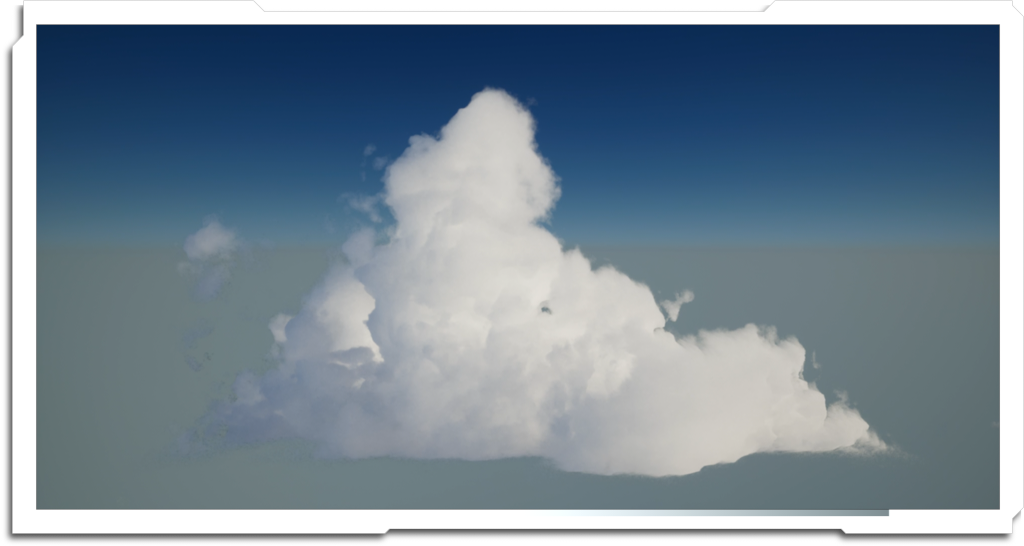


Cloud renders from Terragen, created for a ‘four point’ sprite shader in Unreal
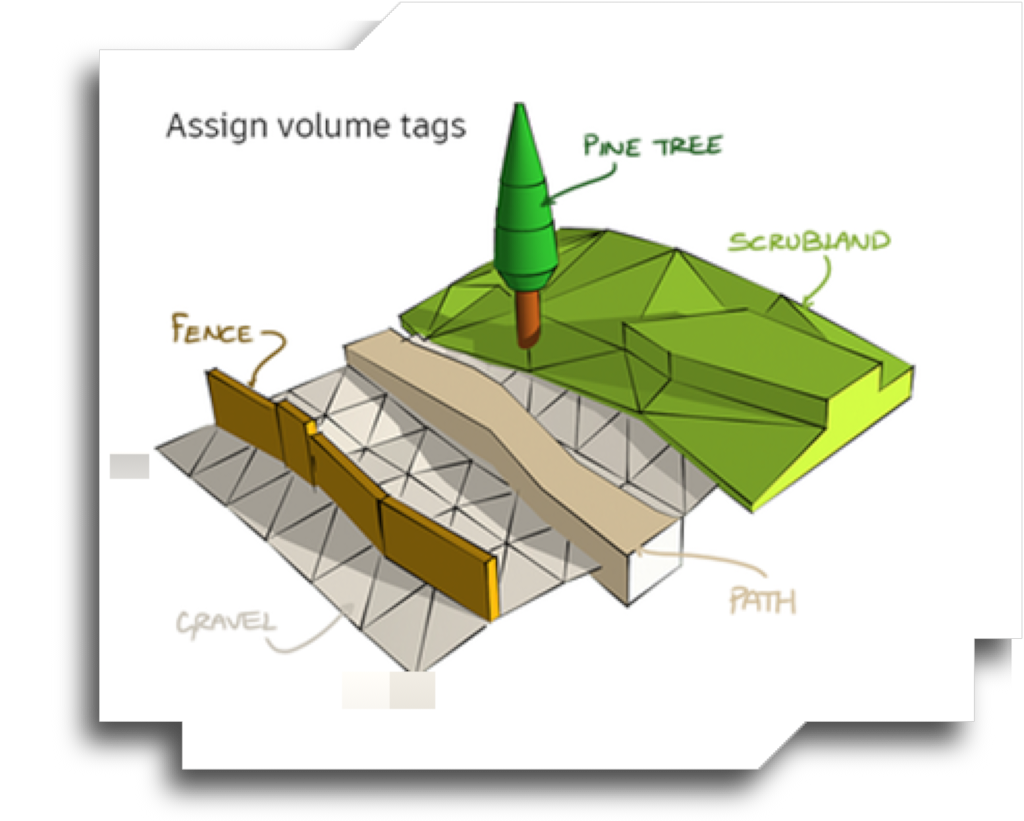
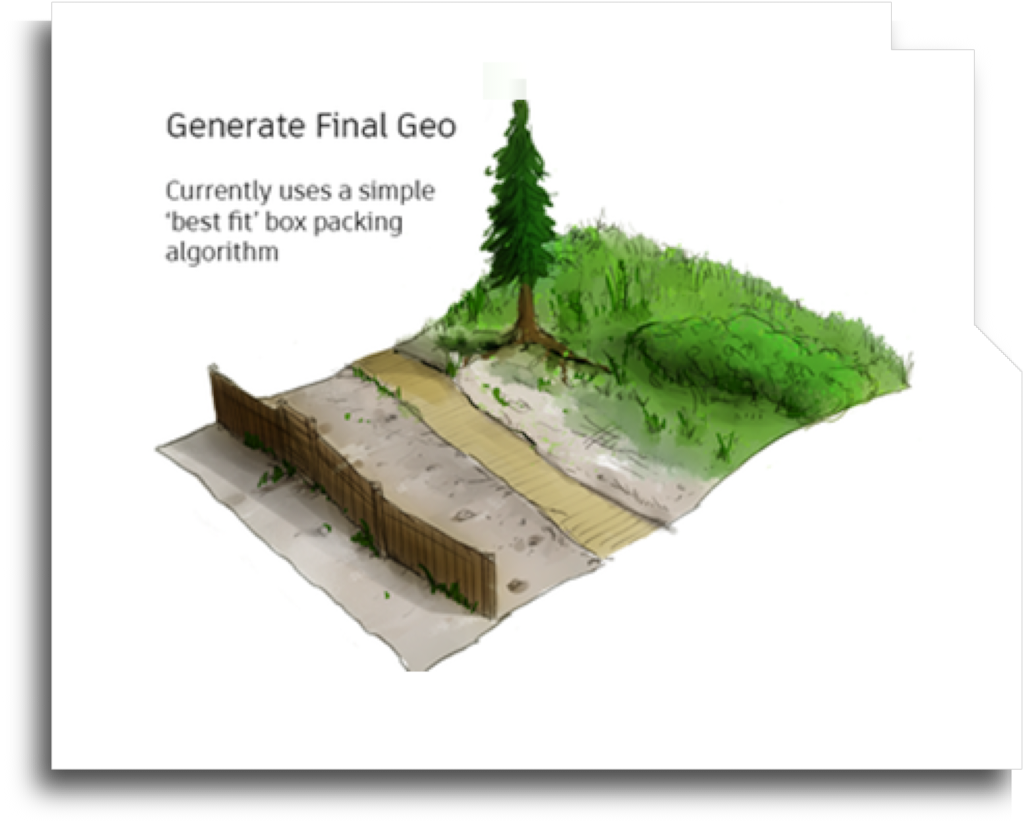
Unlike ‘Diorama’, which was a point-based scatter, Greenhouse is a volume-based tool.
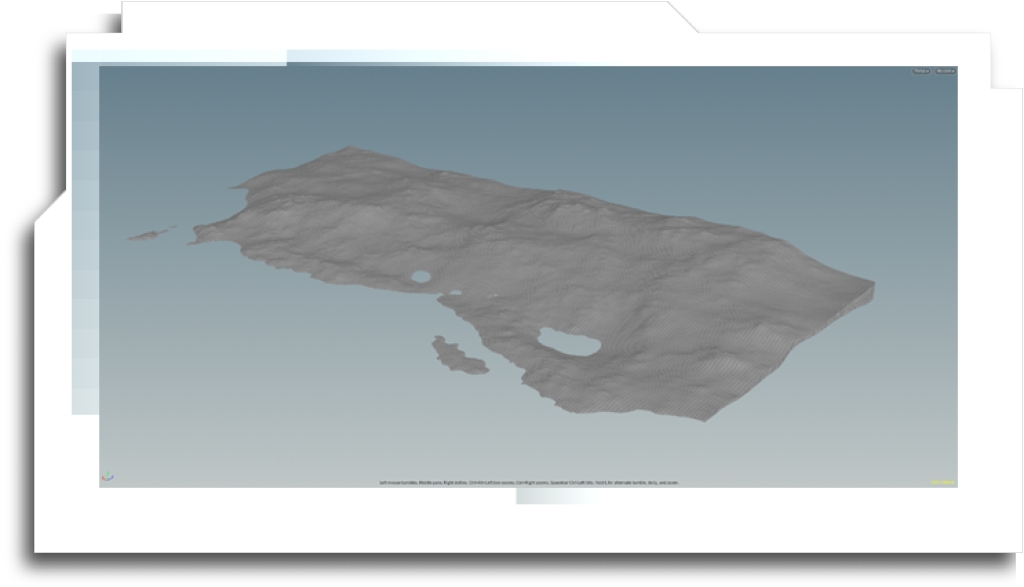
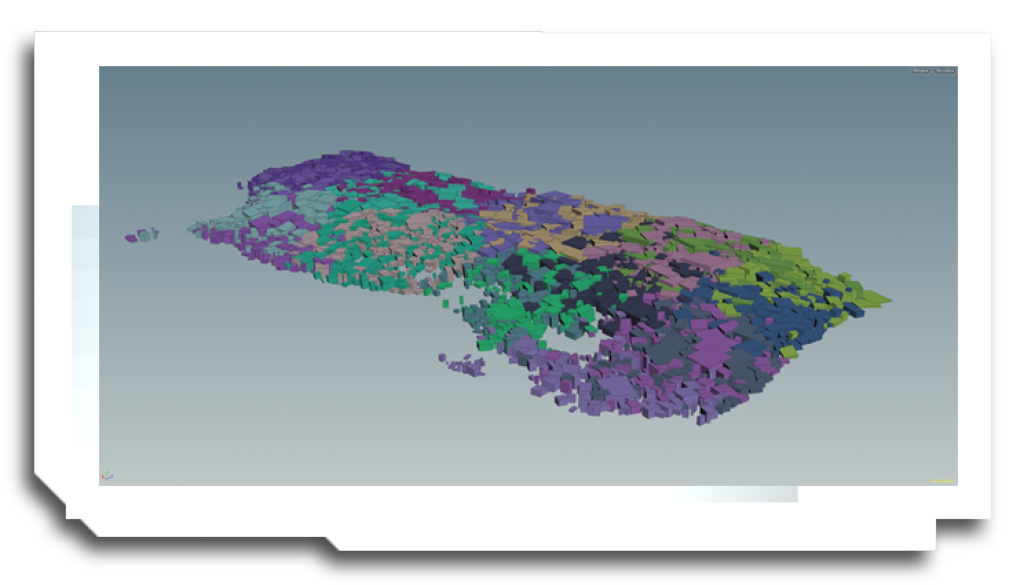

Because the tool simply matches tagged volumes with assets, exactly the same system can be used for vegetation. Here, a ‘grass’ volume is filled with cubes using a packing algorithm, and the closest fit is assigned from a vegetation library.


I’ve had some success with the ‘Greenhouse’ tool on cliff and rock faces, but the results have been a little too random and undirected to look convincing. Additional rules will be needed to make the module assignment more natural – likely based on physical weathering and erosion.


A particularly challenging shot was a pan of the second drone vehicle, as we only had footage travelling forwards over the bridge. Jeffrey Burt in the layout department came up with an ingenious solution, reprojecting the same plate backwards for the first half of the shot, and aligning it with the same plate played forwards for the end. I reconstructed the missing middle section as a projected DMP, along with Hana Hirosaka and Nozomi Nakano.

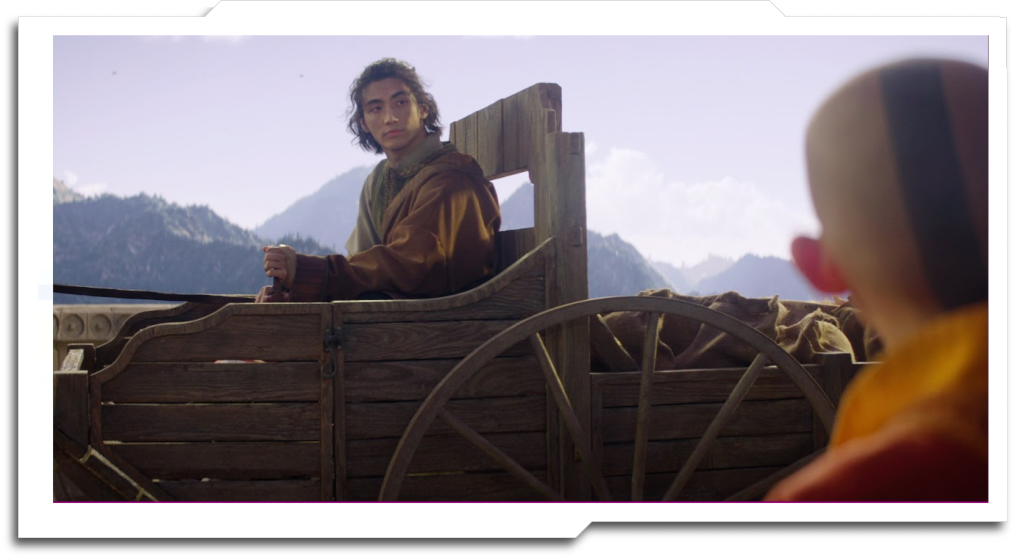
Background DMP for the sky and mountains surrounding Omashu, based on renders from DNEG



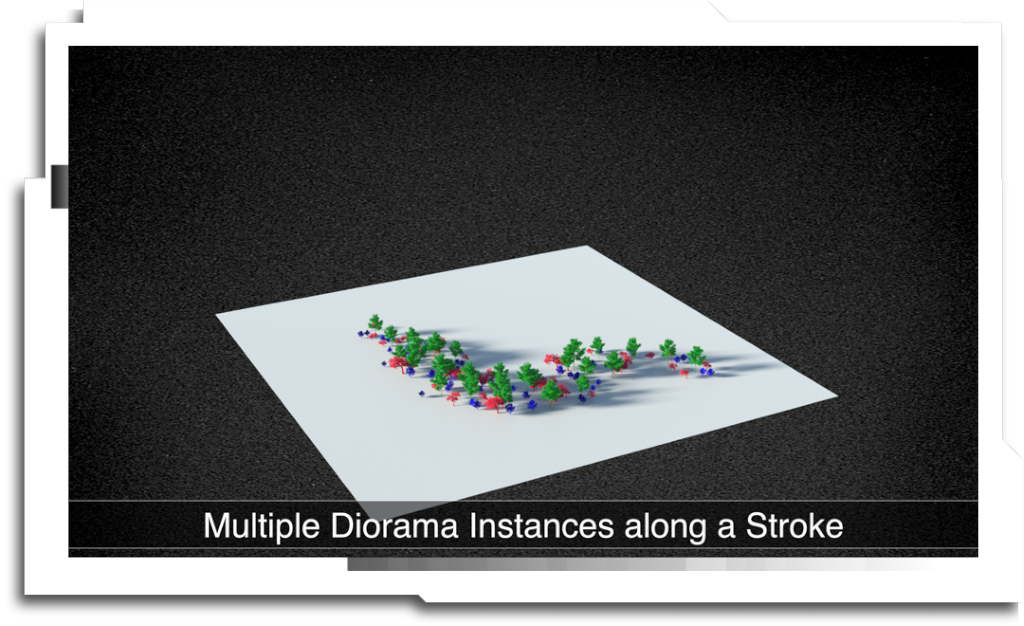
Diorama uses a combination of static artist-authored templates and procedural rules to create a fast, art directable layout tool. In many ways it can be thought of as a 3D version of Photoshop’s bitmap-based brushes.
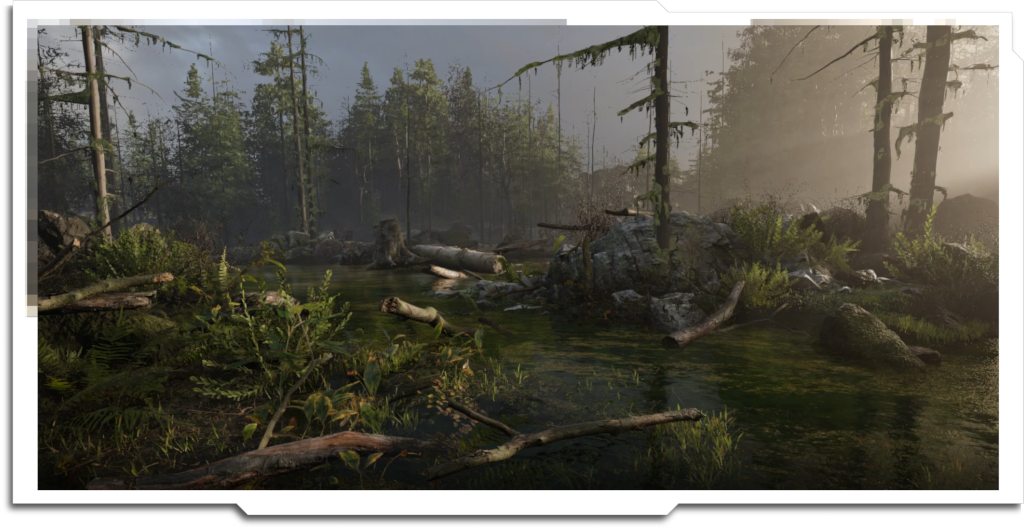
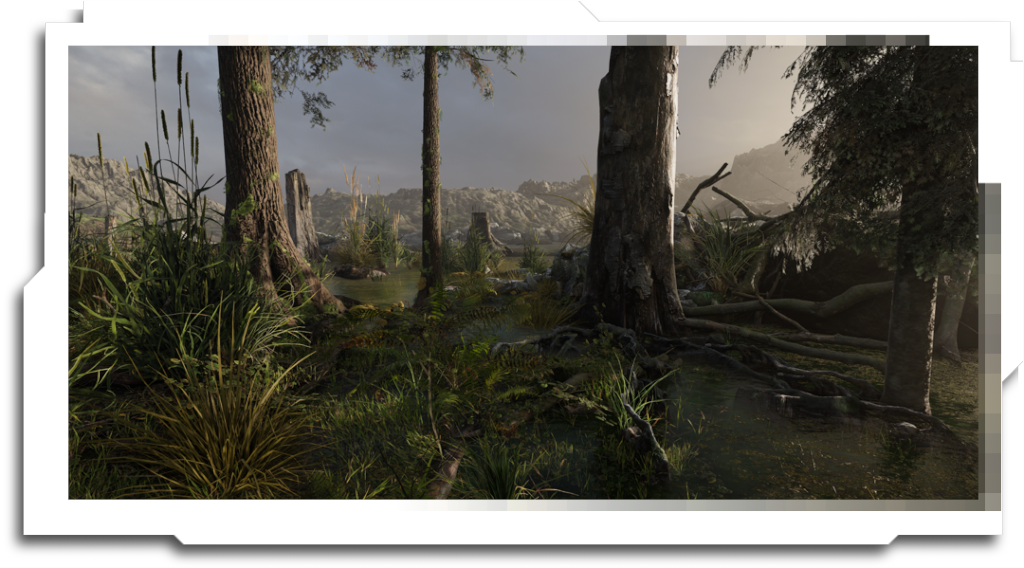
Two other layout examples using the same Diorama Templates


As a technical challenge, I coded a matrix transform in a substance FX node. This allows position and normals maps to be manipulated within substance, for some interesting effects. In this example, whatever angle the fern is rotated, the leaves nearest the ground are retextured to brown and decayed.


Freelance contract for ‘Start Creative’.
Visualisation of Virgin Galactic’s proposed spaceport

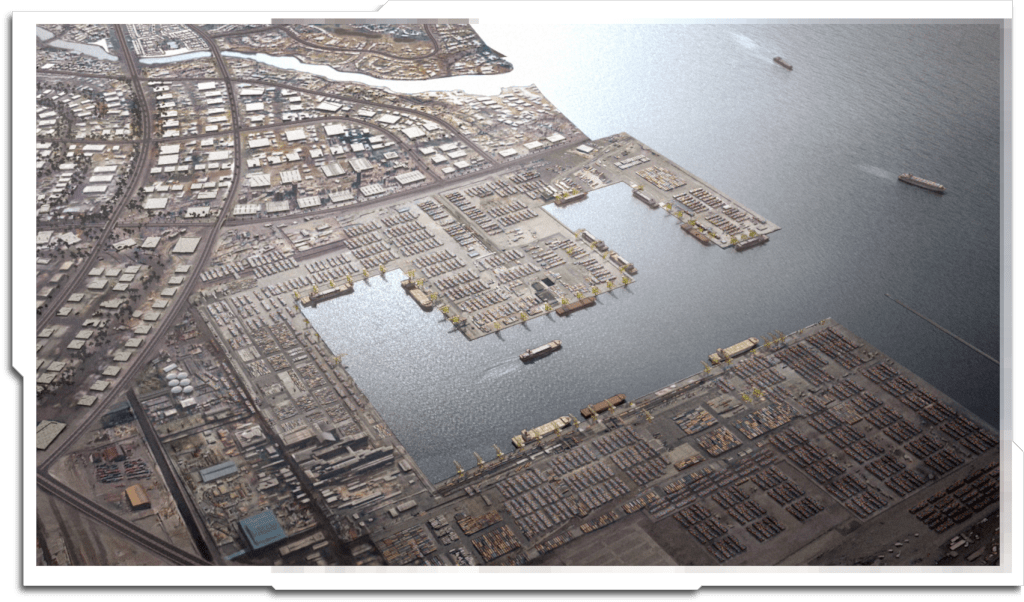

Aerial views of ‘King Abdullah Economic City’, Saudi Arabia – the industrial valley, King Abdullah port, and the educational zone. Base render by others.

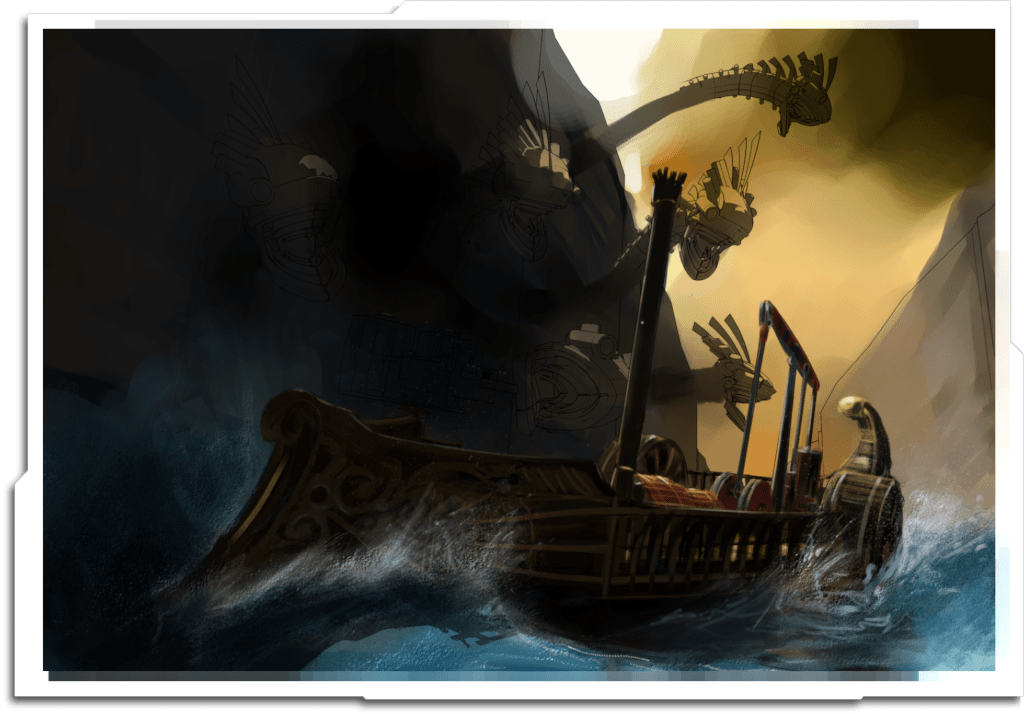
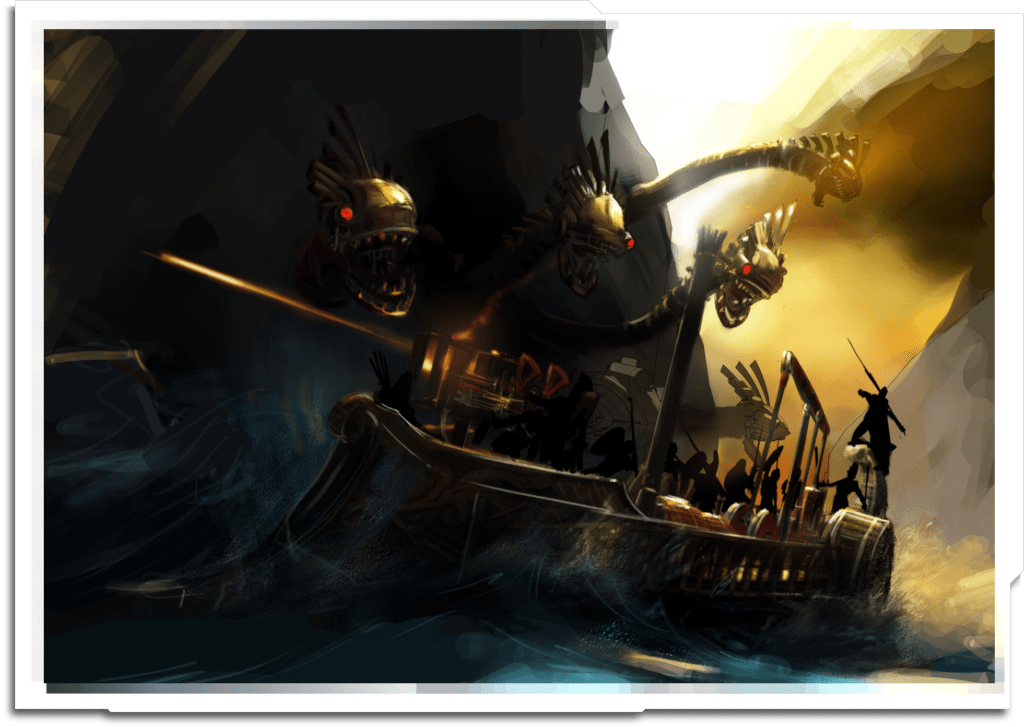
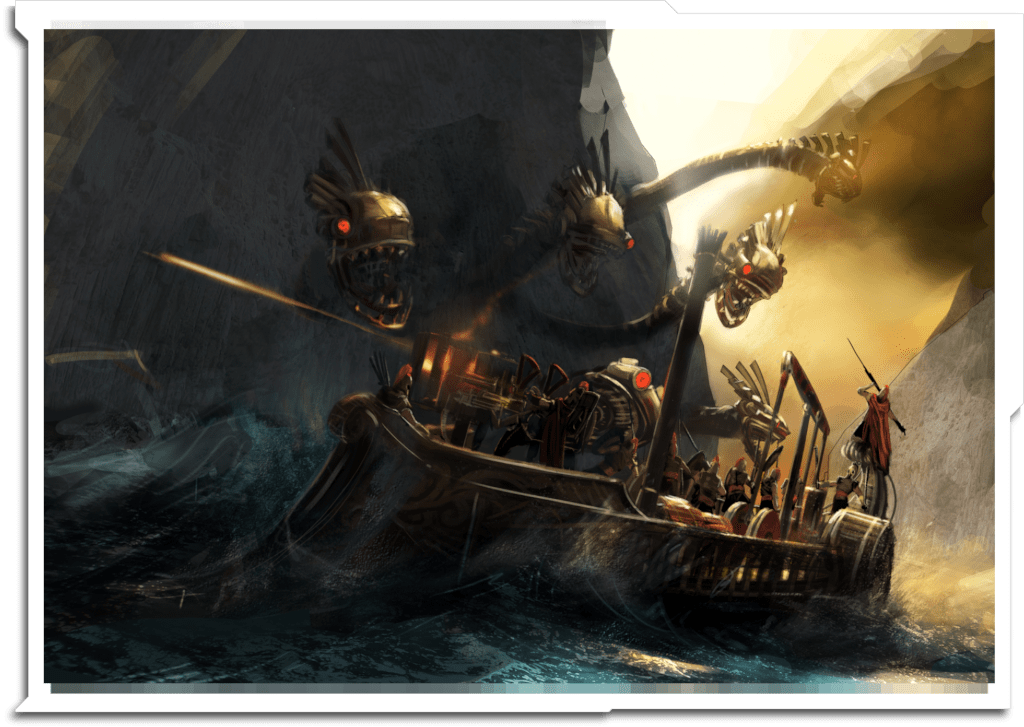
Painting progression of ‘Steampunk Myths and Legends’




Seventh Son – 2013
The first project I lead from the beginning. The bulk of the shot work I did on the show was a single 800 frame shot – a 50 year timelapse of the Alberta Badlands. I created the timelapse clouds in Terragen, texture variants for the landscape, and also rendered HDRI spheres for the lighting department to use.


Edge of the ‘White Wood’. Was meant to be an ‘epic landscape’, but the plate was rather limiting.


Another angle of the London rooftops, with St. Pauls Cathedral in the far background.
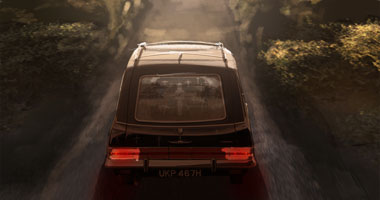



Storyboards for the final shot
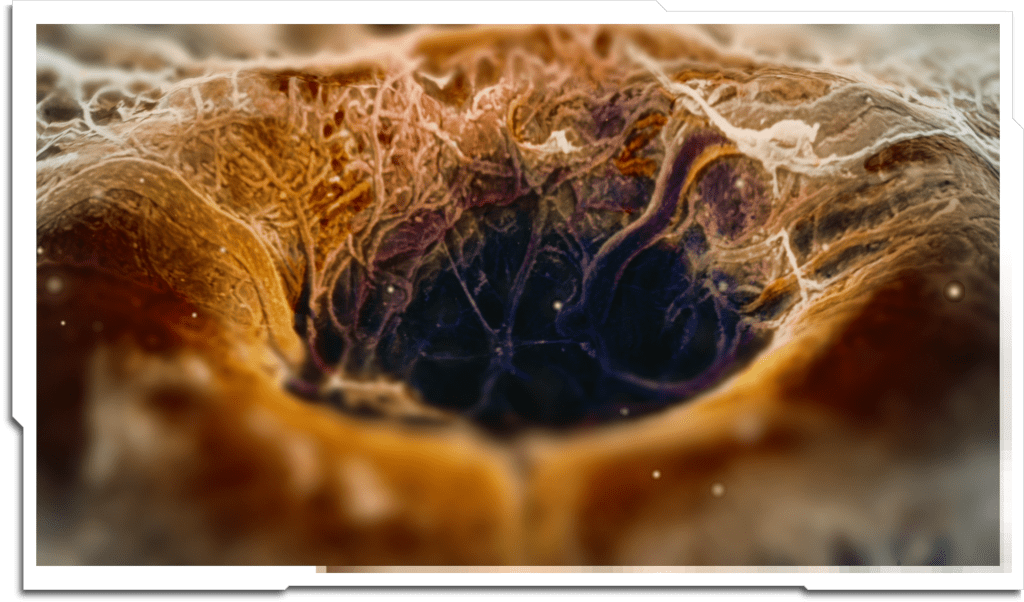

More shots using the SEM displacement technique I developed. Close-up of the fovea (the most sensitive part of the eye), and the spinal cord.


VFX storyboards for the Tornado impact sequence in Episode 1




Storyboards for the main title sequence